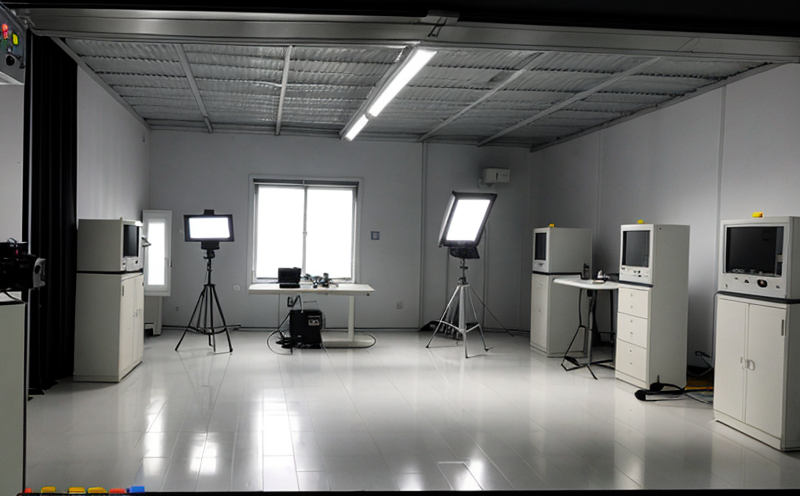EN 15193 Photometric Testing for Energy Performance of Buildings Lighting
The European standard EN 15193 addresses photometric testing specifically designed to evaluate the energy performance of lighting systems in buildings. This comprehensive test method ensures that lighting products meet stringent efficiency requirements, contributing to sustainable building design and operation.
Photometric testing involves measuring the light distribution, luminous flux, illuminance, and other parameters of a luminaire or lamp. It is essential for ensuring compliance with energy-saving directives such as those outlined in EN 13754-1 and EN 62031 series standards.
The process begins with detailed specimen preparation, where the luminaire's optical properties are carefully analyzed using photometric measurement devices like integrating spheres. This step is critical for obtaining accurate data on light distribution patterns, which directly impact energy consumption and comfort within a building.
Once prepared, the specimens undergo rigorous testing in controlled environments to simulate real-world conditions. The testing protocol includes measuring luminous flux (in lumens) and illuminance at various angles around the luminaire. Special attention is paid to CIE color coordinates and correlated color temperature (CCT), ensuring that lighting products meet both functional and aesthetic requirements.
The standard also emphasizes the importance of thermal modeling, which helps predict how heat generated by the luminaire affects overall energy efficiency. This aspect ensures that luminaires are not only efficient but also safe to operate within confined spaces like offices or residential areas.
Reporting is a crucial component of EN 15193 photometric testing. The final report details all measured parameters, including light distribution curves (LDUs), color rendering indices (CRI), and efficacy values. This information is vital for architects, engineers, and building owners to make informed decisions about lighting choices that enhance both energy efficiency and occupant comfort.
By adhering strictly to EN 15193, laboratories ensure that their clients receive accurate and reliable photometric test results. This compliance not only supports regulatory requirements but also fosters innovation in the development of high-performance lighting solutions.
Scope and Methodology
The scope of EN 15193 covers all types of luminaires used in building applications, including indoor and outdoor fixtures. The methodology encompasses a series of detailed steps aimed at providing precise photometric data.
Key elements include:
- Preparation of the specimen for testing
- Installation in an integrating sphere for accurate measurement
- Measurement of luminous flux, color rendering index (CRI), and correlated color temperature (CCT)
- Evaluation of light distribution patterns using light distribution curves (LDUs)
The methodology also includes considerations for ambient conditions such as temperature and humidity to ensure consistent test results. This comprehensive approach ensures that the photometric testing aligns with real-world lighting scenarios.
Benefits
Compliance with EN 15193 offers numerous benefits, including:
- Enhanced Energy Efficiency: Precise photometric testing ensures that lighting systems operate at optimal efficiency levels.
- Improved Compliance: Laboratories can ensure their clients meet stringent regulatory requirements and industry standards.
- Sustainable Development: By focusing on energy-efficient lighting, this standard supports the broader goals of sustainable building design.
- Innovation: Accurate photometric testing fosters the development of cutting-edge lighting technologies that meet high performance criteria.
Industry Applications
The results of EN 15193 photometric testing are applicable across various industries, including:
| Industry Sector | Application |
|---|---|
| Architecture and Design | Evaluation of light distribution in architectural designs for aesthetic and functional purposes. |
| Construction | Ensuring compliance with local building codes regarding energy efficiency. |
| Retail | Optimizing lighting for retail spaces to enhance visual appeal and customer experience. |
| Education | Improving learning environments by ensuring adequate lighting levels in classrooms and libraries. |
| Healthcare | Enhancing patient care through optimal lighting conditions that support healing and comfort. |





